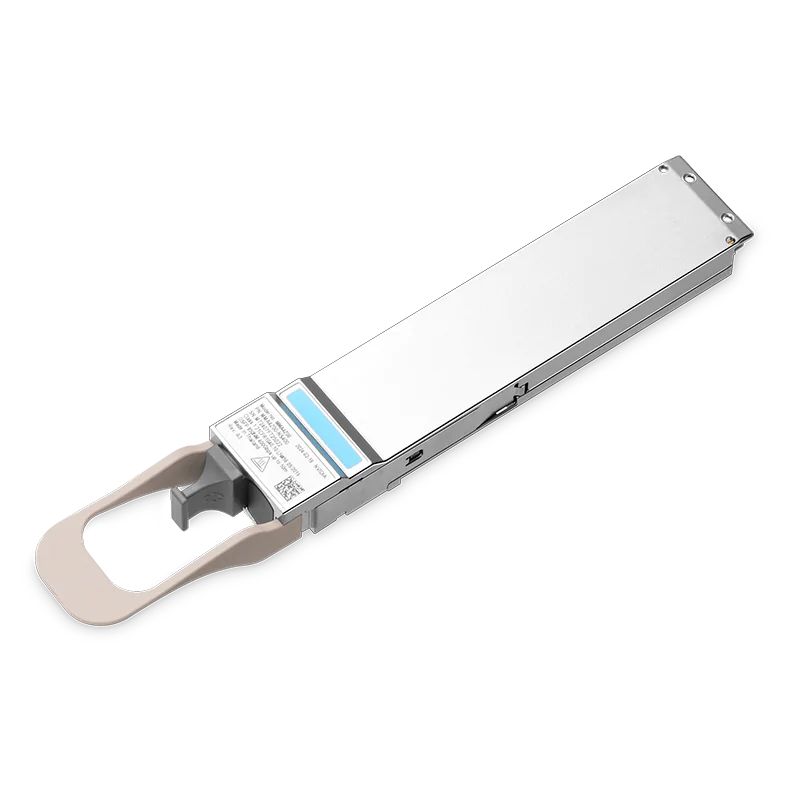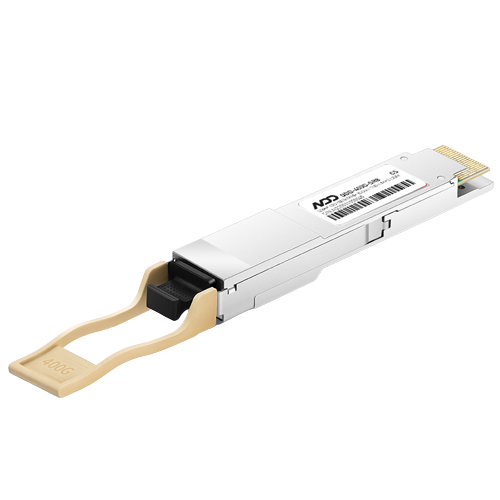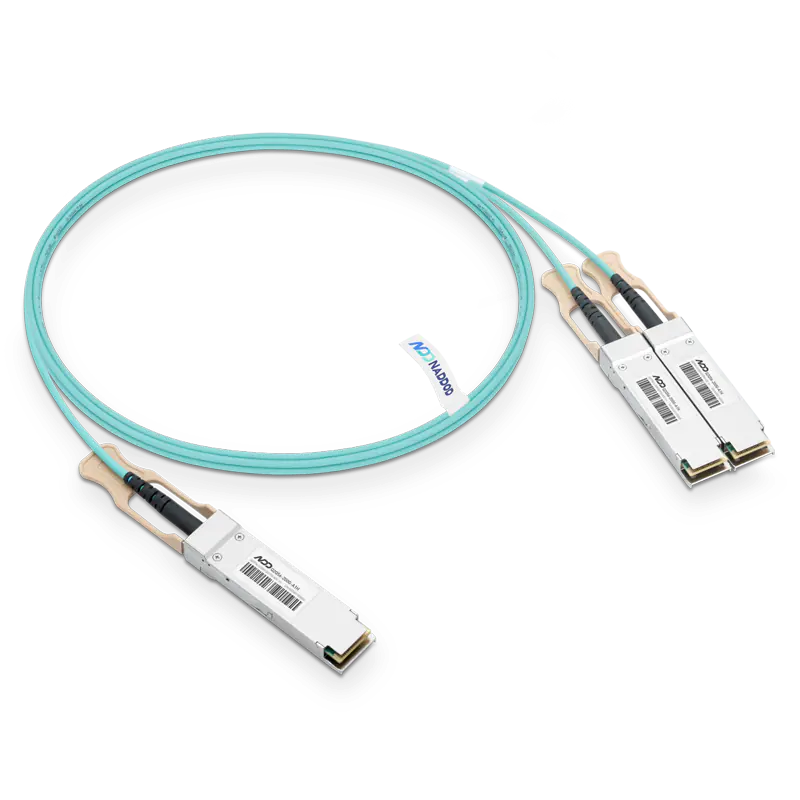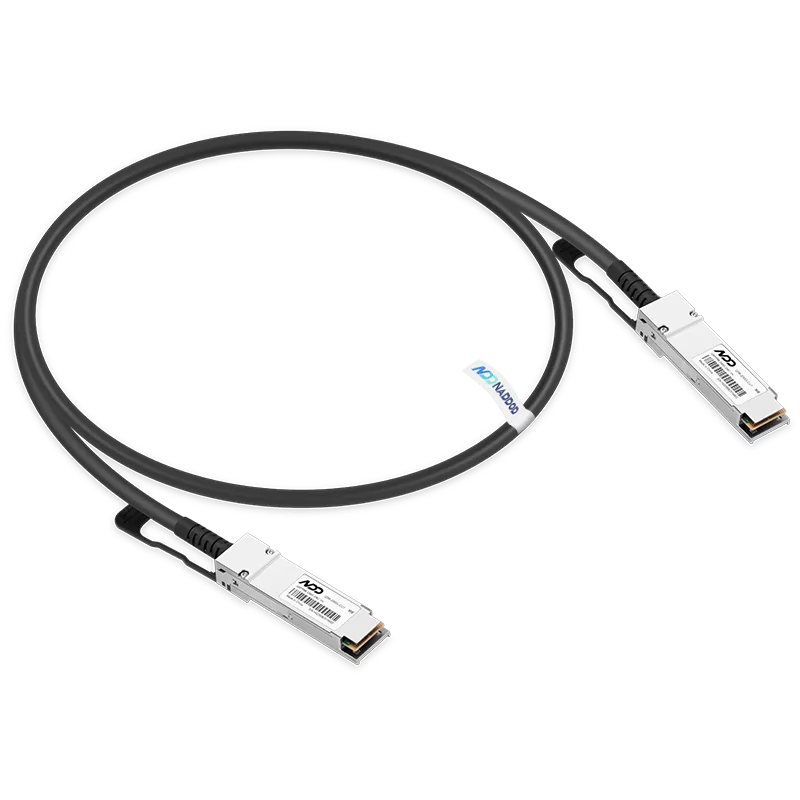Find the best fit for your network needs

share:
 800GBASE-2xSR4 OSFP PAM4 850nm 50m MMF Module
800GBASE-2xSR4 OSFP PAM4 850nm 50m MMF ModuleLearn More
Popular
- 1How many Infiniband HDR Products are used for AI?
- 2InfiniBand 200G QSFP56 Products Introduction
- 3DSP vs. All-Analog: A Comparison of 200G Optical Interconnect Architectures
- 4The Key Role of High-quality Optical Transceivers in AI Networks
- 5Common Problems While Using Optical Transceivers in AI Clusters












































